Gershon Iskowitz (1919–1988), a painter, Holocaust survivor, and Polish émigré, drew on a 1967 trip to Churchill, Manitoba, and the flights he took over the surrounding landscape to create the paintings in his Lowlands series.
These thirteen works are unique in his oeuvre because they all share a boldly coloured central band with a “stem” that extends to the bottom of the canvas. If the stem element represents an estuary—the tidal mouth of the Churchill River emptying into Hudson Bay—then the band across the top is sky and the flanking forms at the bottom edge are the land that creates the mouth of the estuary. Iskowitz explained that the paintings in the series reflect the “swoop down” of the plane flying over the landscape.
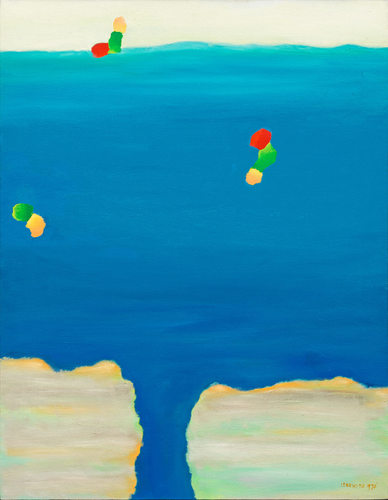
Oil on canvas, 121.9 x 93.9 cm, Vancouver Art Gallery
The pictorial space of Lowlands No. 9, with its small clusters of two or three “blips,” bears no resemblance to the kind of nonrepresentational painting dominated at the time by Canadian artists such as Jack Bush (1909–1977), Yves Gaucher (1934–2000), and Guido Molinari (1933–2004). Nor do Iskowitz’s Lowlands pieces fit comfortably into any of the then-current abstract categories of colour-field, hard-edge, or systemic optical painting. They are unique. In them, the artist was inventing a painting language that would be his alone.
This Spotlight is excerpted from Gershon Iskowitz: Life & Work by Ihor Holubizky.
 Stitching the Archives
Stitching the Archives
 A Working-Class Hero
A Working-Class Hero
 Imagining Entangled Futures
Imagining Entangled Futures
 Bridging Far and Near
Bridging Far and Near
 Soft Power
Soft Power
 Imagining Emancipation
Imagining Emancipation
 A Priceless Portrait
A Priceless Portrait
 Meditation in Monochrome
Meditation in Monochrome
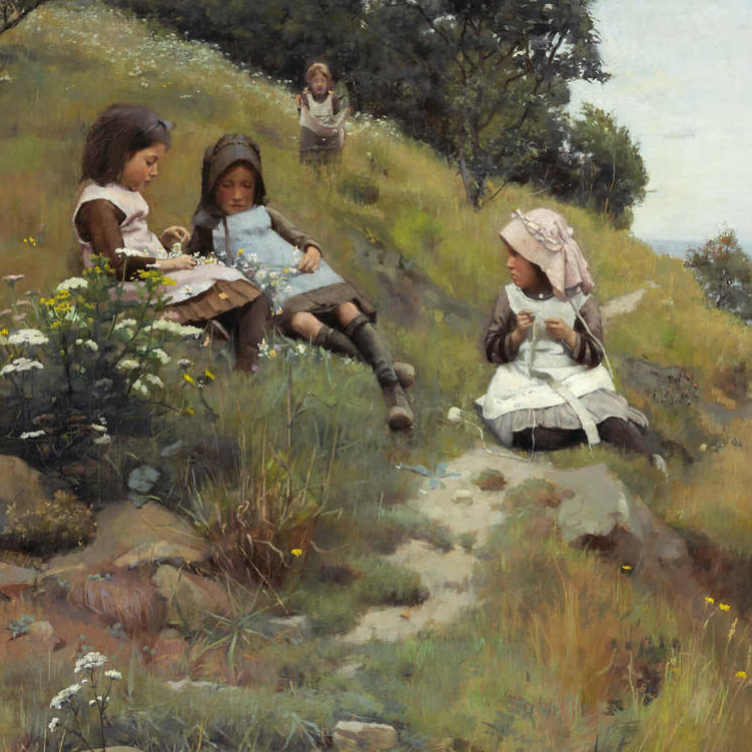 Making His Mark
Making His Mark
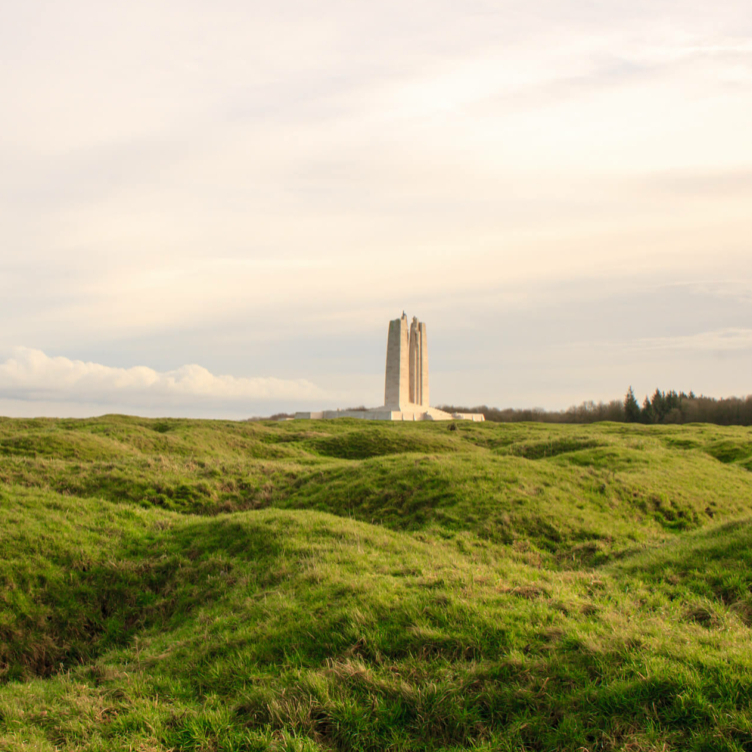 Honour and Sacrifice
Honour and Sacrifice
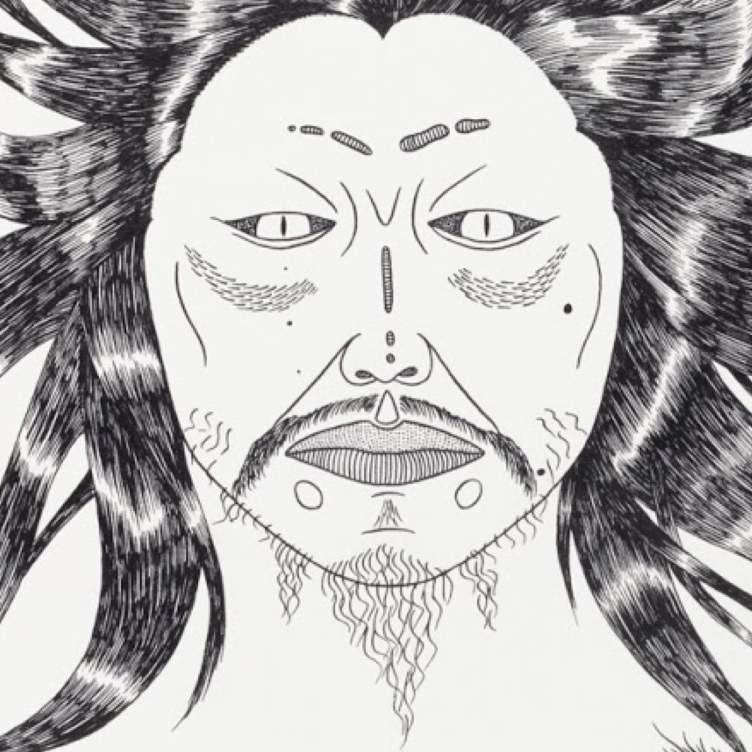 A Monstrous Vision
A Monstrous Vision
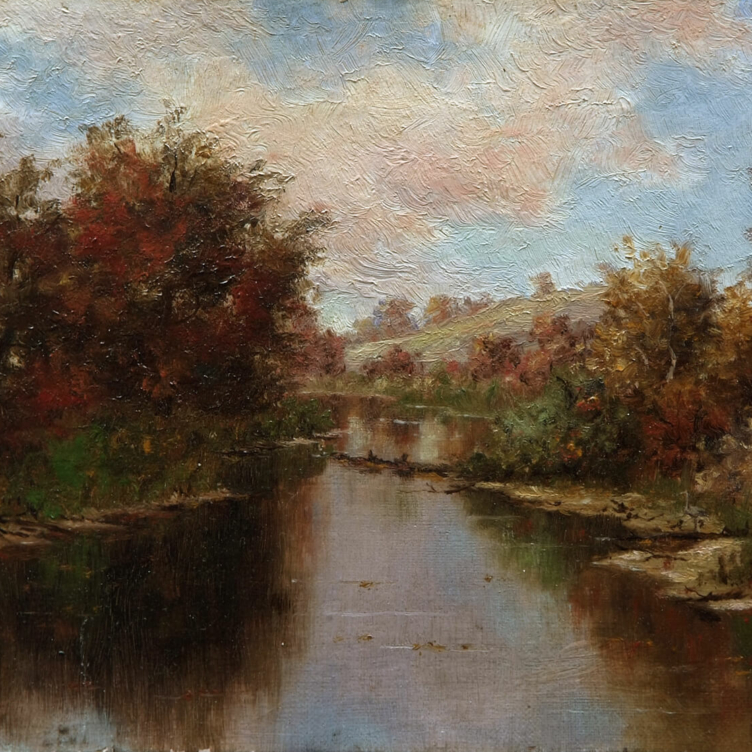 Remote Beauty
Remote Beauty
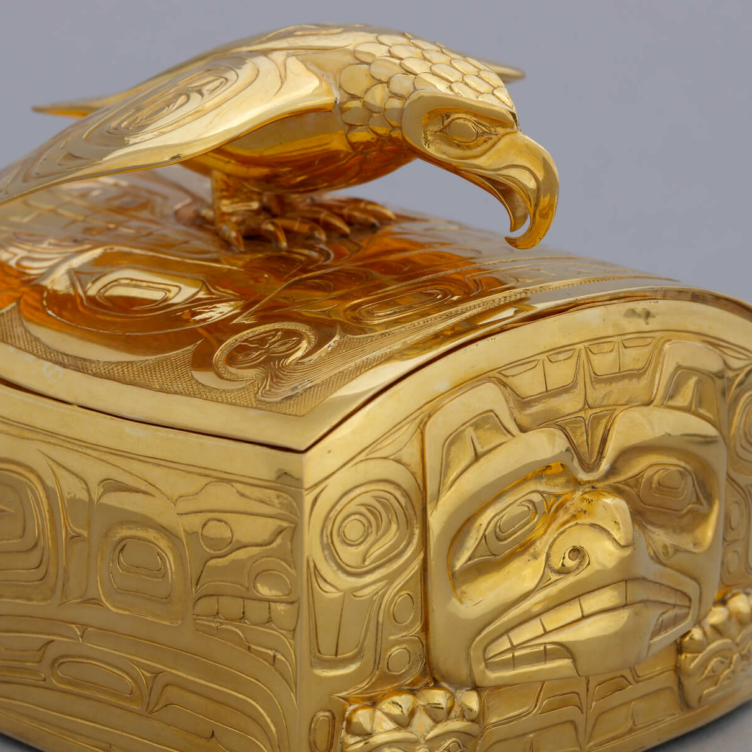 Pride and Resistance
Pride and Resistance
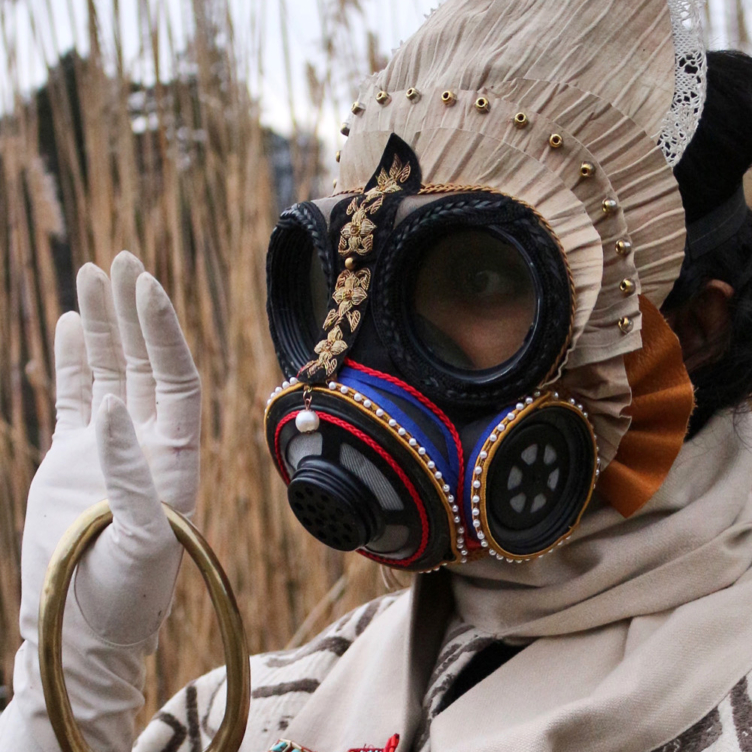 Dressed for Danger
Dressed for Danger
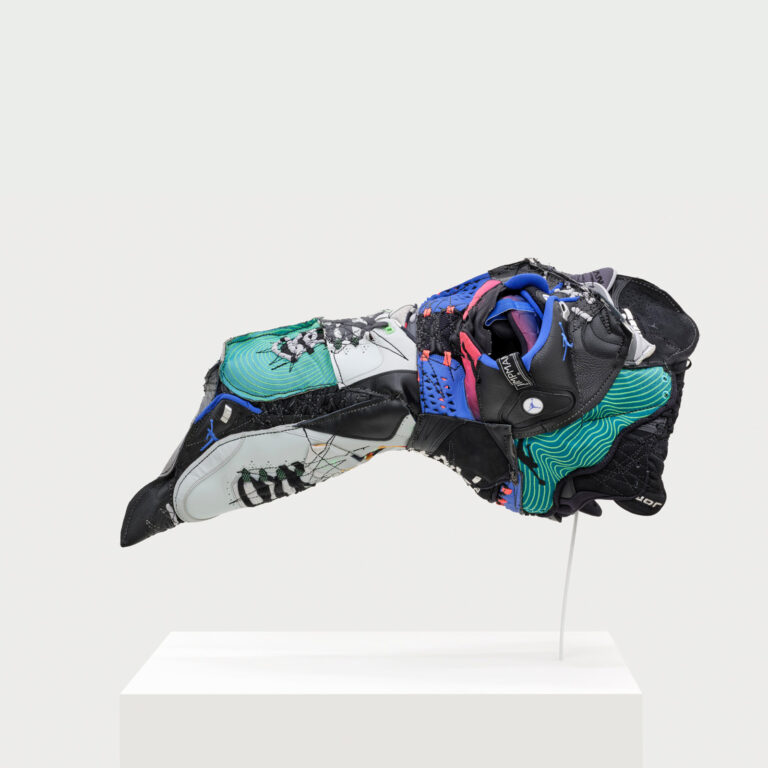 Masks from the Past
Masks from the Past
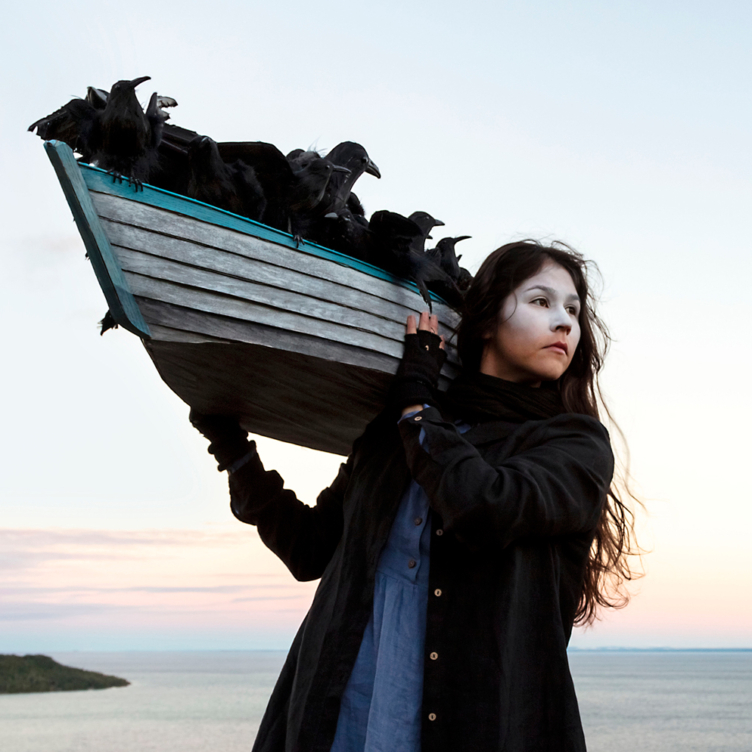 Lessons from the Land
Lessons from the Land
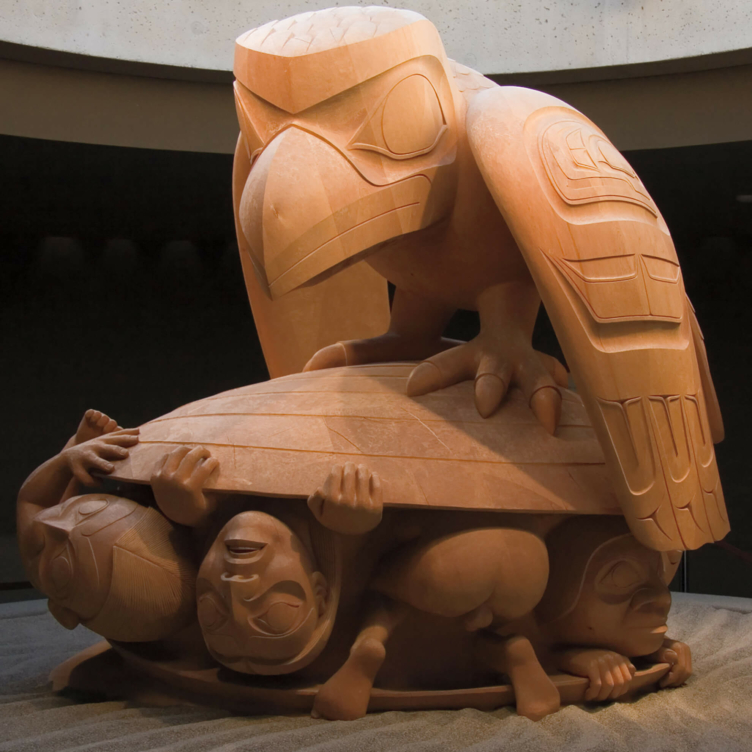 A Cultural Hero
A Cultural Hero
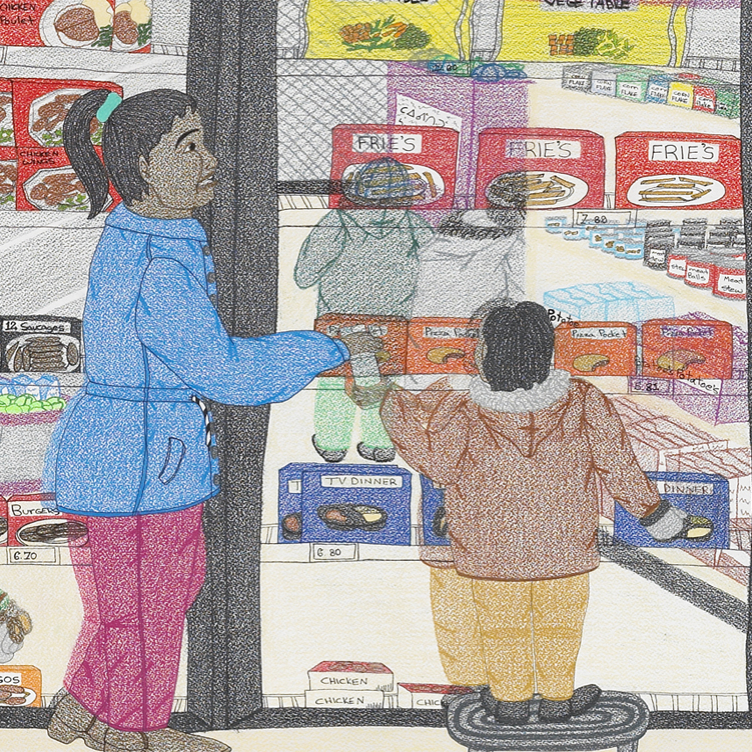 Food for Thought
Food for Thought
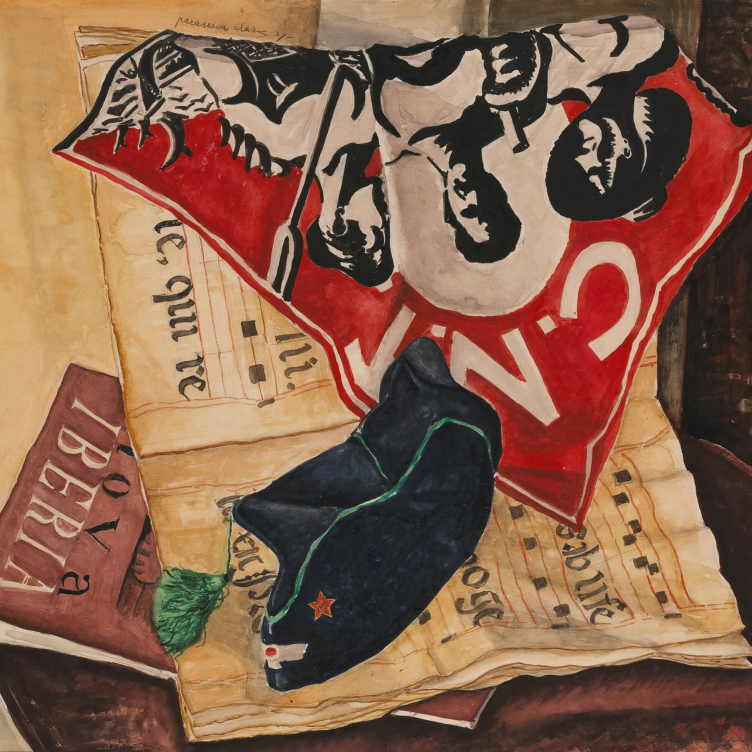 A Passion for Activism
A Passion for Activism
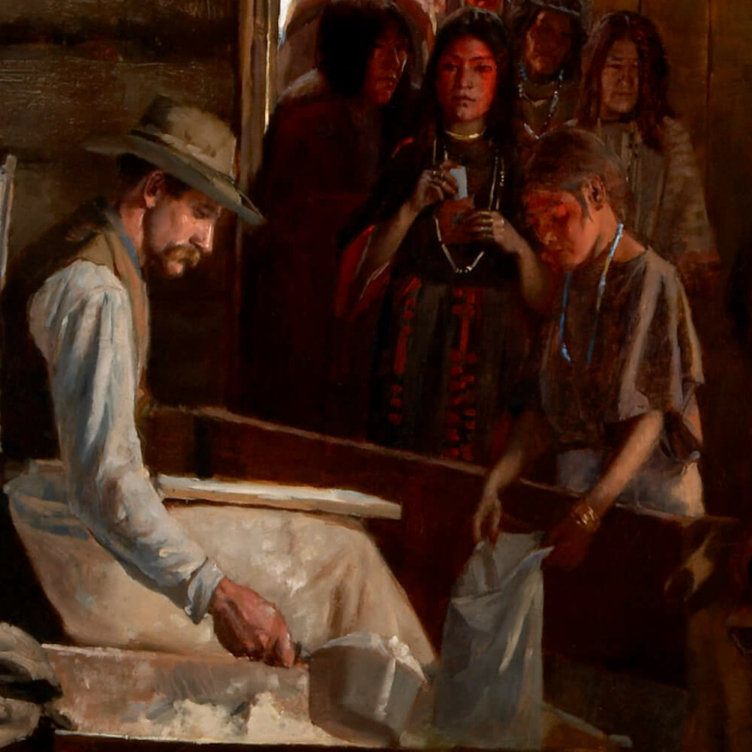 Starvation and Scandal
Starvation and Scandal